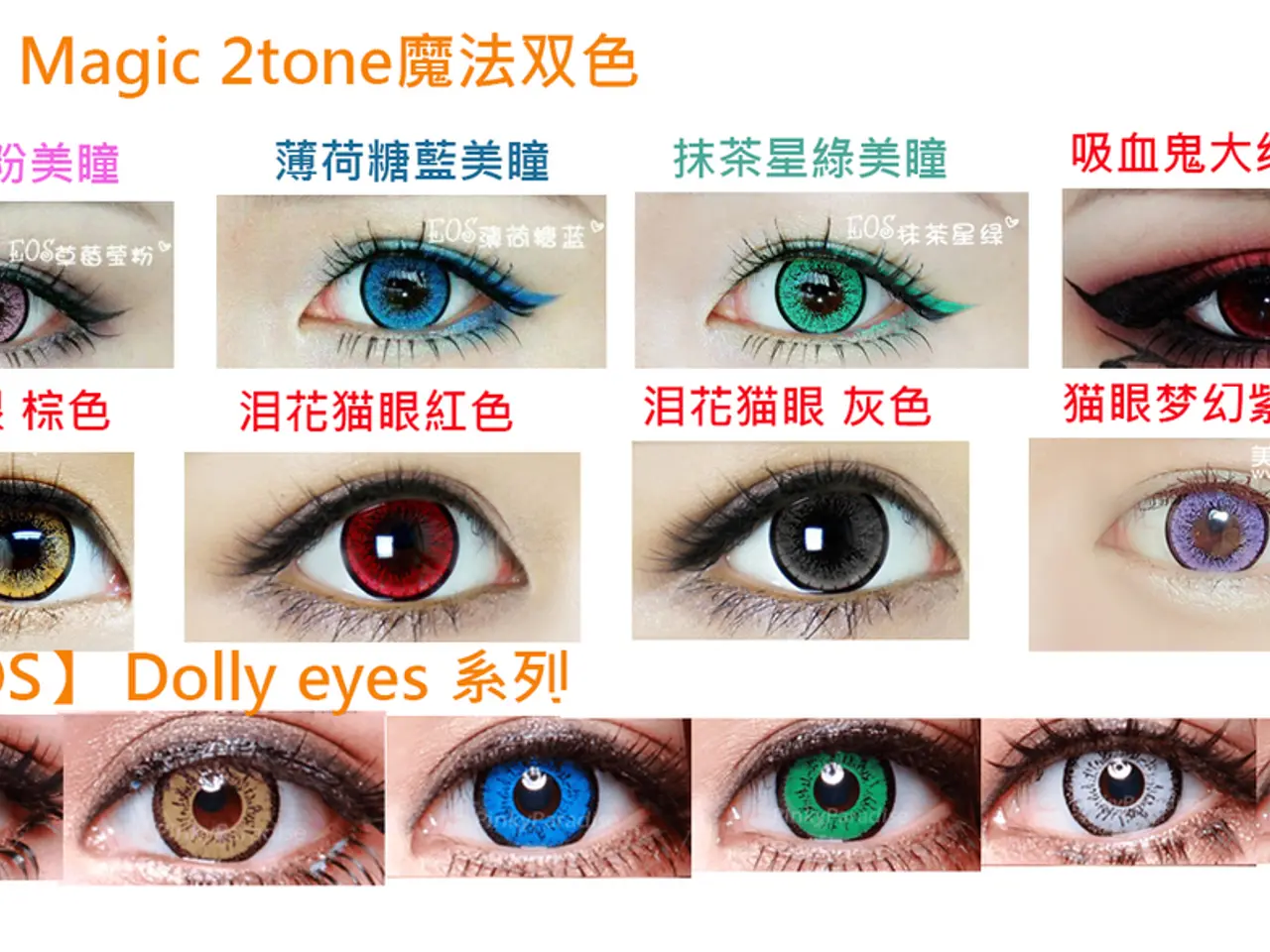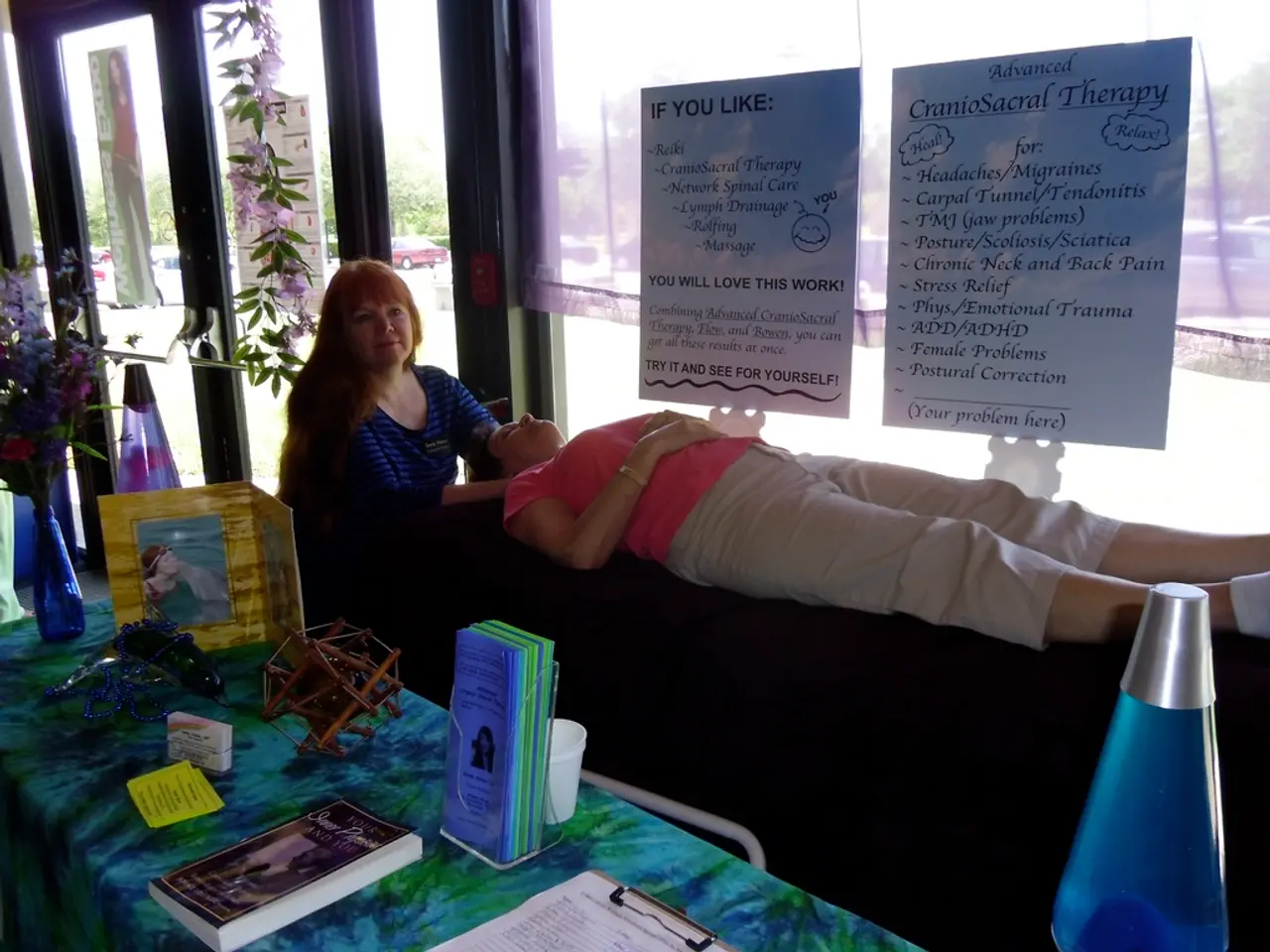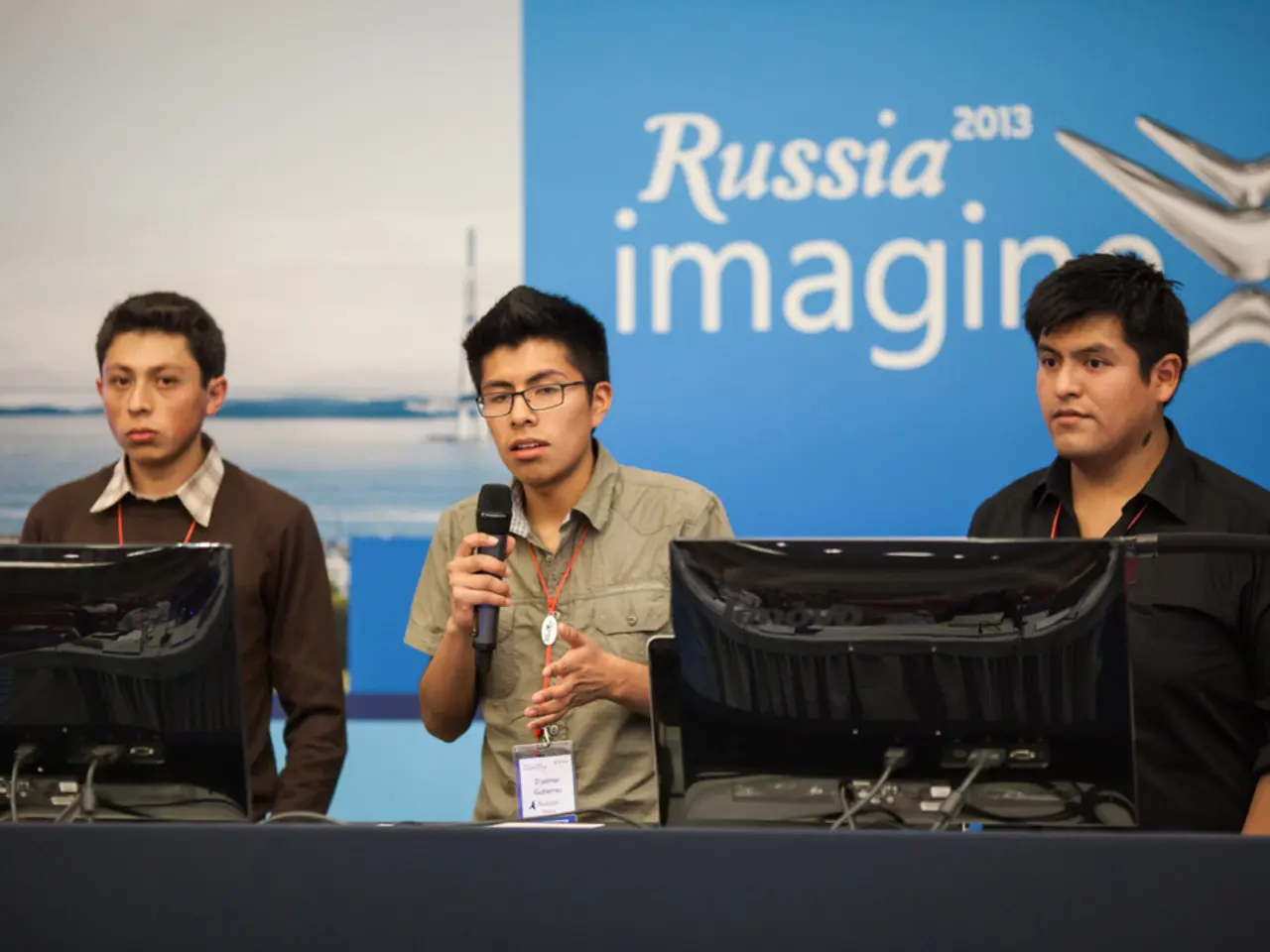Exploring the Utilizability of Eye Tracking in Assessing Decision Confidence in Discrete Choice Studies
In the realm of decision-making research, eye tracking technology has emerged as a valuable tool in Discrete Choice Experiments (DCEs). By analysing visual behaviour, such as fixation duration, time to first fixation, and gaze patterns, this technology offers insights into how individuals make choices and the degree of certainty they have in their decisions.
### Eye Tracking Metrics and Choice Certainty
Longer fixation durations on certain options might suggest higher interest or uncertainty about those options, influencing choice certainty. For instance, if a participant spends more time fixating on a particular attribute, it might indicate a higher level of deliberation, which can be associated with increased or decreased choice certainty depending on the context.
The time it takes for a participant to first fixate on an option can also indicate initial preferences or lack thereof. Faster initial fixation might suggest quicker decision-making, possibly due to higher choice certainty or familiarity with the option.
Complex gaze patterns, such as revisiting options multiple times, may indicate cognitive load and uncertainty, suggesting lower choice certainty.
### Benefits of Using Eye Movement Data as a Proxy for Choice Certainty
Eye tracking provides detailed, behavioural data that can complement traditional survey methods, offering insights into decision-making processes that are not always captured by self-reported data. Additionally, eye movements can reveal unconscious preferences or biases that might not be acknowledged by participants in verbal responses.
By analysing eye tracking data, researchers can help optimize the design of DCEs by identifying which attributes are most salient to participants, thus improving the relevance and effectiveness of experiments.
### Limitations of Using Eye Movement Data
Despite its benefits, eye tracking data is complex and requires sophisticated statistical analysis to interpret accurately. This complexity can make it challenging to draw definitive conclusions about choice certainty.
Moreover, the accuracy of eye tracking depends on the quality of the equipment and the environment in which the experiment is conducted. Poor calibration or lighting conditions can lead to inaccurate results.
High-quality eye tracking equipment can also be expensive, limiting accessibility for some researchers or organizations.
In a recent study, researchers aimed to investigate the relationship between pictorial presentation and respondents' choice certainty. However, the study did not find a significant effect of eye shifting frequency on choice certainty once response time was controlled for. The benefits of using eye movement data as a proxy for choice certainty in the choice model were found to be small at best.
Response time, on the other hand, continues to provide a better proxy for stated choice certainty and offers larger improvements in model performance. The study did not explore the possible role of pictorial presentation in the relationship between eye movements and choice certainty.
In conclusion, while eye tracking technology offers valuable insights into decision-making processes in DCEs, it comes with limitations related to data interpretation and logistical challenges. Despite these limitations, the technology continues to be a promising avenue for enhancing our understanding of human decision-making processes.
In the health-and-wellness sector, eye tracking technology could be utilized to analyze choice certainty during therapies-and-treatments selection. Longer fixation durations on treatment options might suggest higher interest or uncertainty, impacting health-related decisions.
The science of decision-making can benefit from the application of eye tracking, as it can provide a detailed, unconscious glimpse into individuals' preferences and biases, potentially improving health-and-wellness therapies-and-treatments design.




